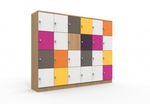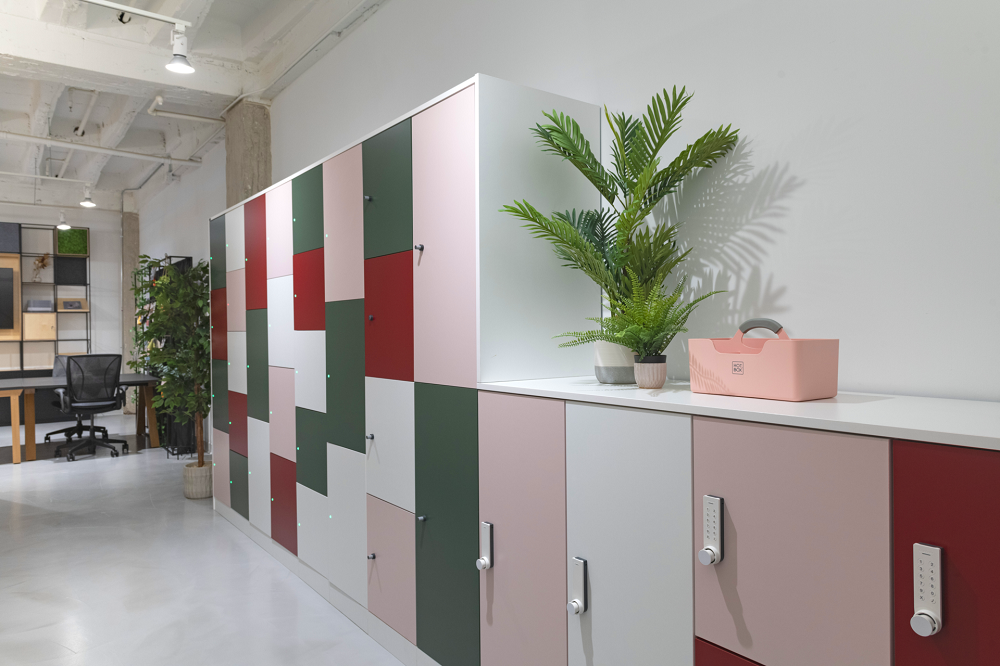
Personal Storage Lockers for an Agile Workspace
Personal storage and lockers have been a common fixture in many offices for years, but are proving highly relevant in today’s current environment. We are seeing a lot of clients and designers looking for workplace solutions to fit into an agile and flexible office. 10 years ago, Spacestor spotted a major shift in workspace culture and took the decision to open a Design Centre in California, USA. This has given us a unique position to observe and learn from the companies that are driving this culture change.

From our experience working with both cultures and clients including some of the biggest tech companies and corporates around the globe, we know how the workspace environment can drive employee engagement and build culture. Most companies are offering flexibility in working styles, with many return to workplace strategies including a less than 100% capacity of the workforce, allowing for remote work and site visits. This ‘new Hybrid’ style of flexible working has been very popular, and companies find they are able to offer more variety in workplace furniture and save costs on space.
One question we often get is – where do employees keep their personal belongings? What are the solutions for an agile environment where there are fewer desks or clear desk policies in place, especially now with millennials / gen zs and Pandemials being conscious of hygiene and safety?
In a survey of over 35,000 locker installations completed since March 2020 we have seen some fascinating trends emerging from some of our top global clients across a wide variety of industry verticals.

Lockers are modular and adaptable so they are well suited to the flexible office, lockers also have the opportunity to customize designs to suit different brands, locations or themes. This creates many options when choosing the most appropriate storage solution for your workplace. Here, we summarise some of the key points to look out for:
Choose a solution that is both sustainable and responsibly sourced. Declare labels help you to see what has gone into the making of a product, which enables designers to make a big difference. Our HotLocker Freestanding Lockers, for example, display Declare labels to show that materials are 96.5% recyclable and LBC-Red List compliant.
There are a variety of locks depending on your strategy, from mechanical locks to electronic, including biometric locks, like fingerprint scanners. Mechanical Locker options are simple, effective and low in cost. Electronic Locker options allow for a more dynamic locker assignment with full security control and audit trail, with no keys and no manual record keeping. One advantage of electronic locking systems that’s now more relevant than ever, is that they offer potentially safer and more hygienic access through presenting a tag or fob that the employee uses means there is no ‘sharing’ of keys.
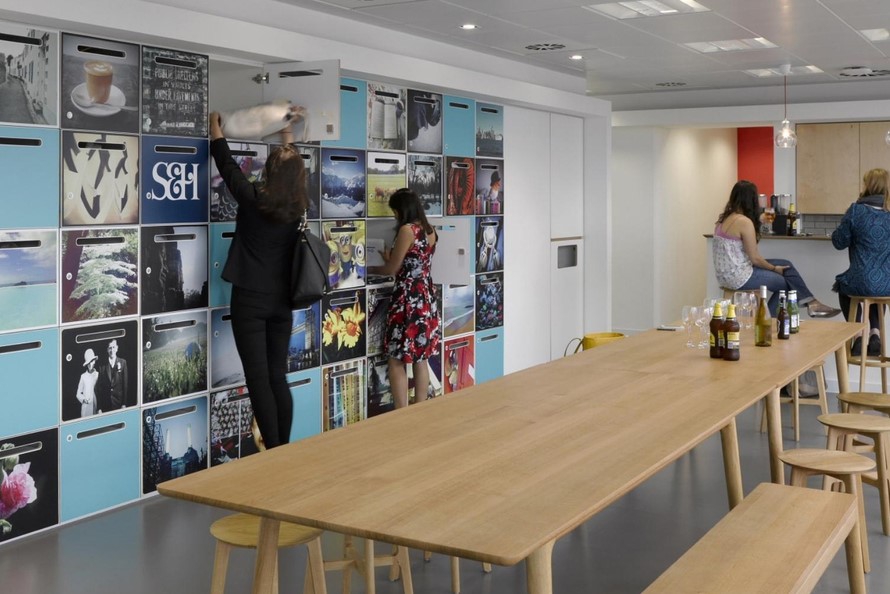
When looking at Agile locker solutions, we normally categorise them as ‘Assigned’ or ‘Non-Assigned’. The advantages are different for each, but both offer design choice, customization, and benefits to the workplace. Providing a permanent locker for every employee can be more expensive and requires a lot of space. Half of the UK’s workforce is mobile. For a company that embraces agile working, activity-based working, or shift work, providing a locker for each employee means that the locker goes unused most of the time. An electronic locker allows you to allocate lockers dynamically.
These are generally used when everyone is in the office, or perhaps in a team. These will normally be used on a 1:1 ratio. Usually, these will be accessed with a locker key, which can cause some frustration for the facilities manager when keys go missing!
These are tech-enabled solutions that allow an administrator data into locker usage and give them more control. They are highly popular in a hybrid workspace that offers more flexibility, this is because you do not need a 1:1 locker ratio, a user can present their staff card, pass, or fob and be assigned a locker to use for the day. The assignment works on rotation so the locker use is optimal.
Not all locker systems are as flexible and adaptable as ours, but with a system like our HotLocker, your investment isn’t tied to a particular location. So, if you move offices (or redesign an existing space), you can rebuild and relocate your electronic lockers however and wherever you need them, making them a truly future-proof and long-term investment.
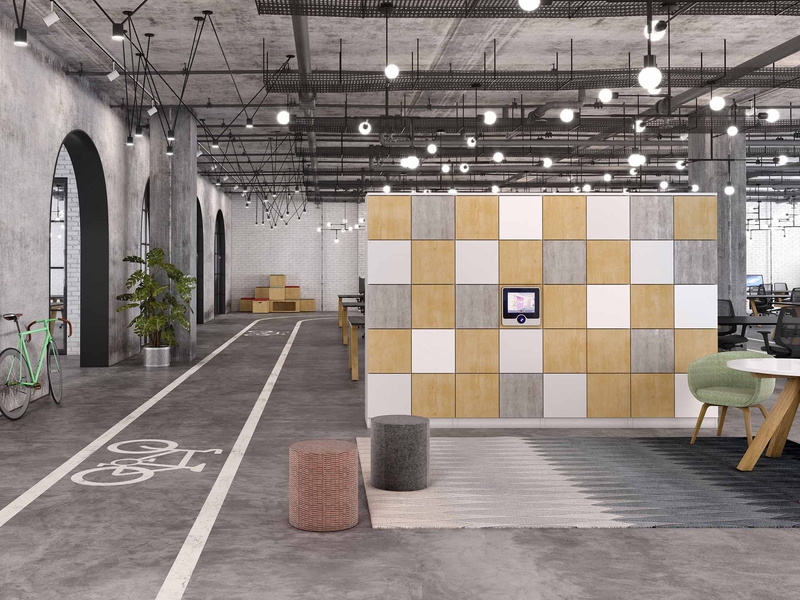
Open-plan workspaces have always been popular but in different ways. Right now we are seeing most office designs incorporating different neighbourhoods and zones to allow people the flexibility of working where it suits them – whether that’s a quiet booth for focus or in a collaboration space, or even in a scrum auditorium-style seating for meetings.
But there are huge branding benefits that come with lockers too. Recently we have seen such strategies employed by top tech firms and big financial companies, projects completed for companies like One Digital, Boden, and Eisner Amper have used these solutions to extend their brand and illustrate their CSR messages, ethos and vibe. It is a popular option for those looking to attract top talent to their workplace, and helps to build a culture for their teams.
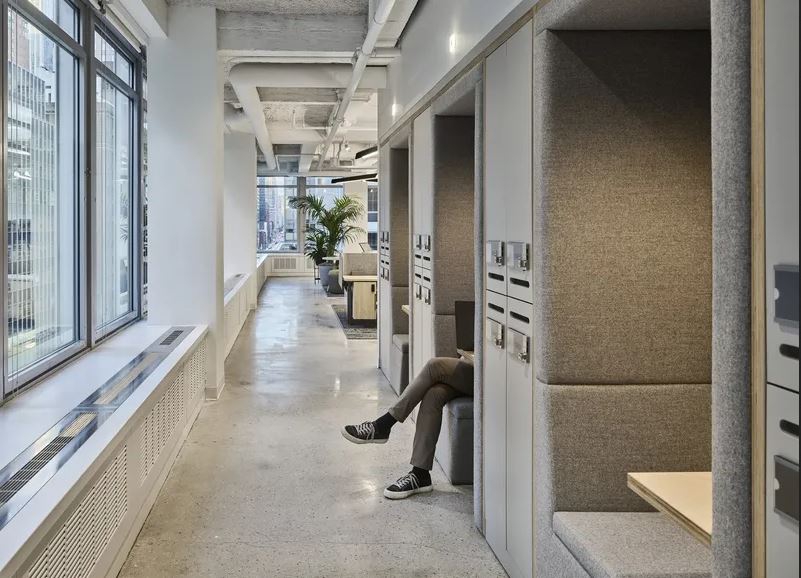
All signs are indicating that we can expect future workspaces to be agile and adaptable. People will need a variety of environments to work in and companies will need to provide an adaptive architecture that is flexible and able to cater to the employee needs as they change, and personal storage space is going to continue to be a high priority for workplaces.

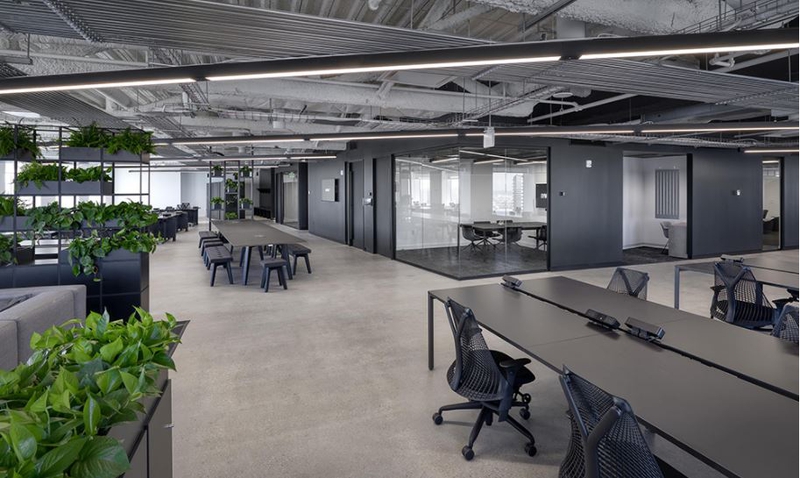

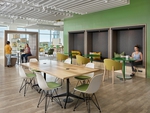

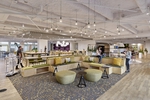
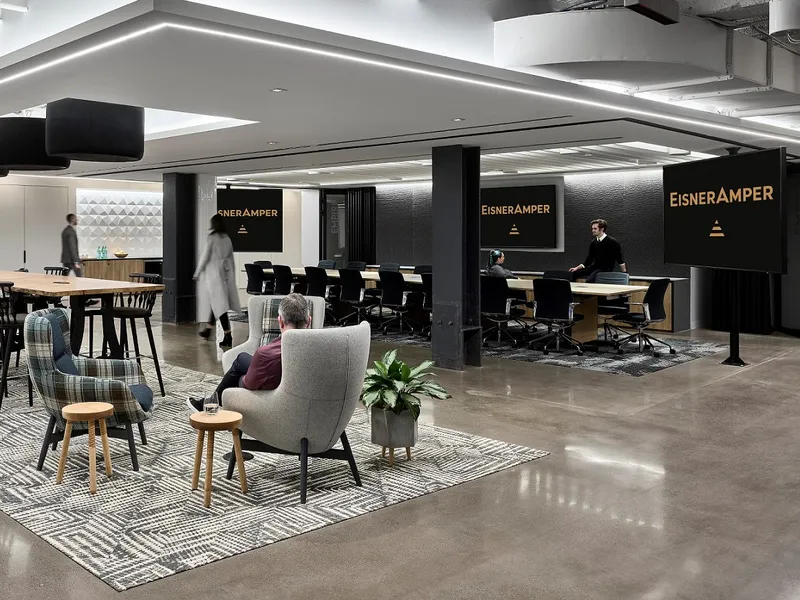
A welcoming, wellness-infused and biophilic design, EisnerAmper's New York City offices provides a unique and efficient…
SERVICES FINANCIERS
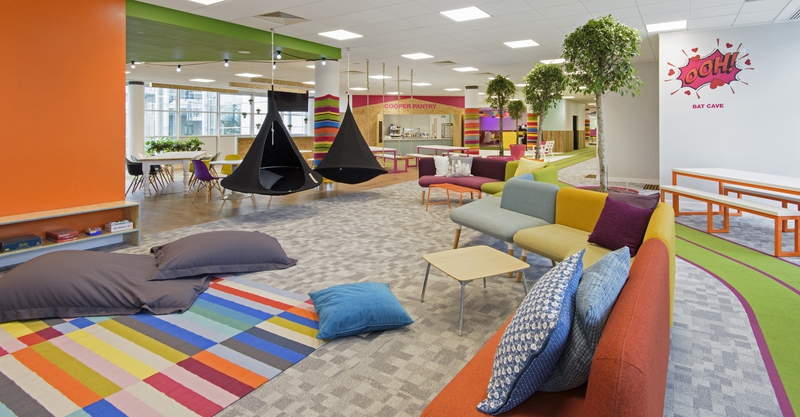
Les contrôleurs de comptabilité PKF Cooper Parry sont en train de changer le visage de leur secteur d'activité. Ce ne s…
SERVICES FINANCIERS
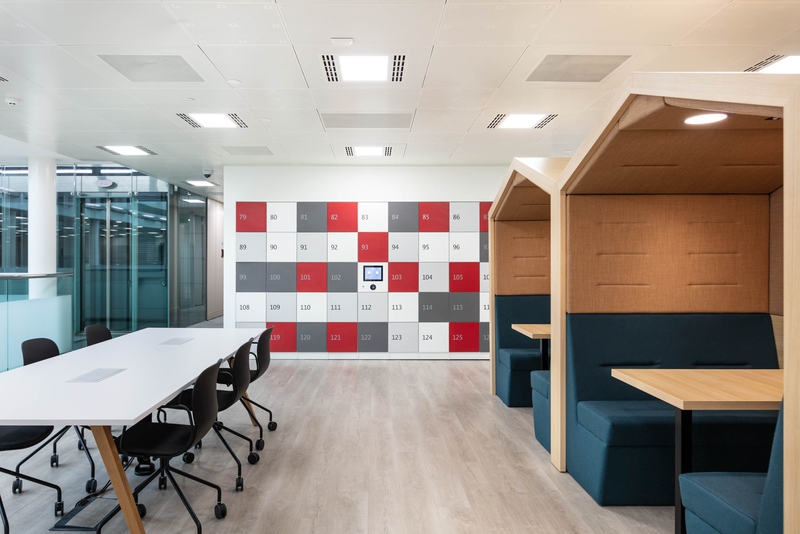
A flexible and collaborative working environment, with a soft and biophillic color palette for world-leading informatio…
TECHNOLOGIE & INFORMATIQUE
